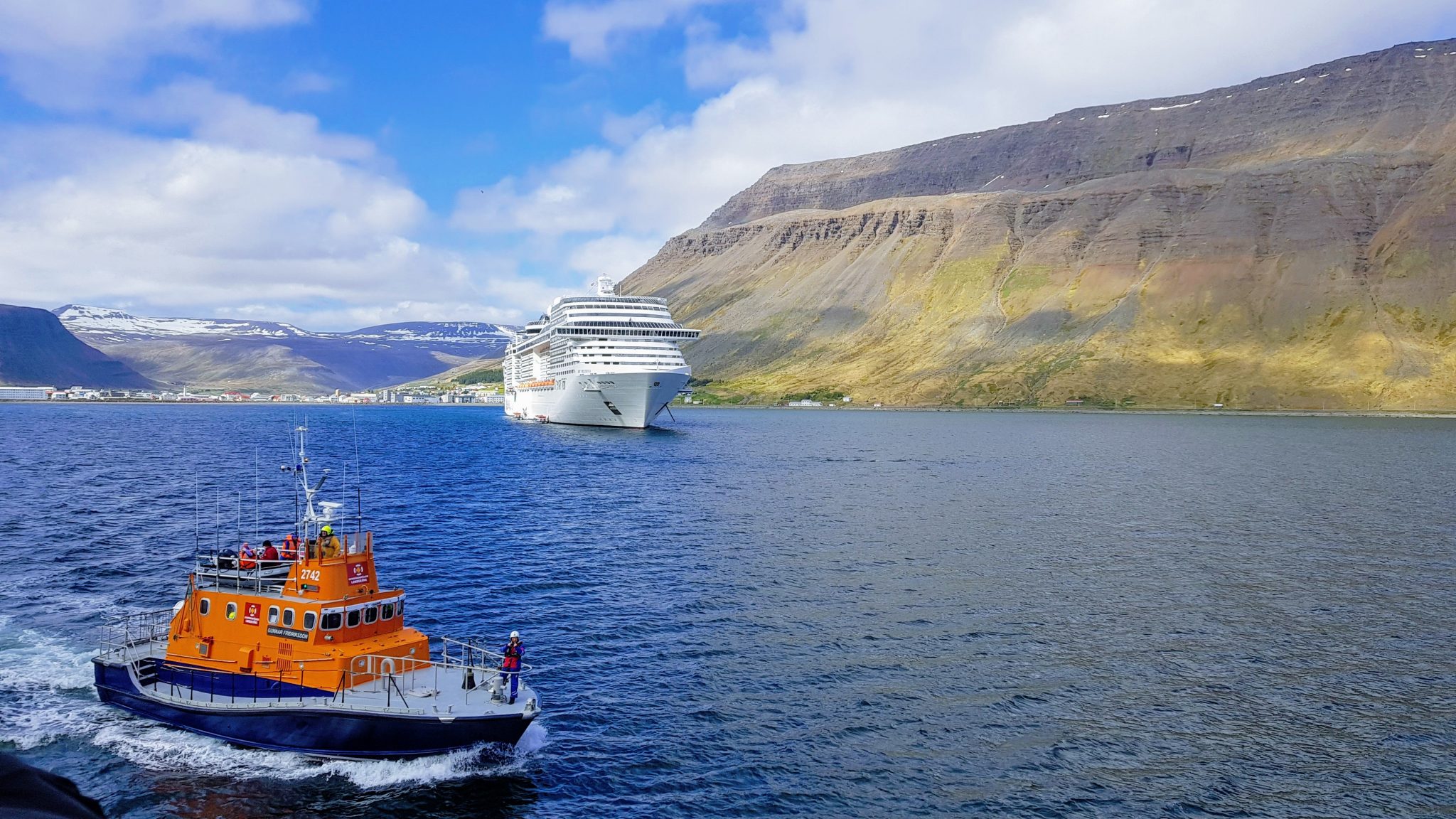Climate change is on people’s minds and there is a reason for it. The world is heading for a difficult future if not acted upon and promptly.
According to this report, China and the United States release the most carbon dioxide in the world. International shipping emits as much carbon dioxide as Germany, and according to this news article, similar carbon dioxide is released as a result of air travel.

Comparing total emissions per head in 2016, the United States ranks fourth with 15.0T and China ranks 12th with 6.4T.
Looking at these figures, one begins to ask if there is a reason in the grand scheme of things that a small nation in the Arctic should try to reduce its carbon dioxide emissions. There is a valid reason. According to official data for 2016, emissions from economy sector per head in Iceland are 16.9T and Iceland would therefore be at the top of the world list if these figures prove to be correct.
The main reason for this high carbon dioxide emissions in Iceland is the metal production in the country and air transport that account for 63% of all emissions. Households rank at number 9 for emissions from households per capita within the EU and EFTA . So it is clear that although households are highly successful in reducing the carbon footprint by recycling and change to clean transport, this does not have a major impact on the overall emissions.
As a nation, we are therefore between a rock and a hard place in cutting emissions. If air transport to and from the country is reduced and the production of metals with our sustainable electricity reduced then it would have a great economic impact on us as a nation.
However, much can be done to reduce carbon dioxide emissions in these industries. Hopefully the Icelandic government can put the same weight on companies as it does on households in the country with the new Climate Strategy.


